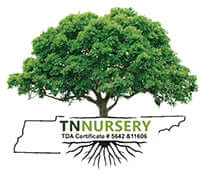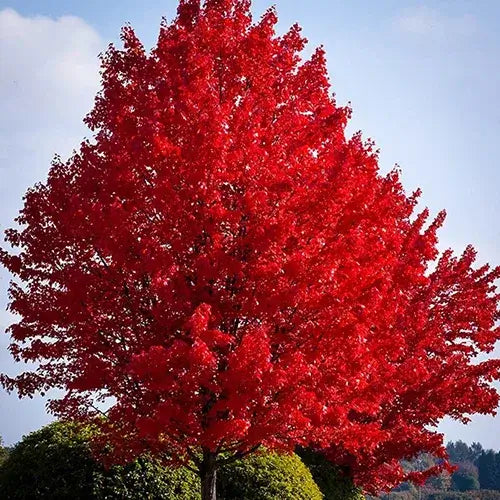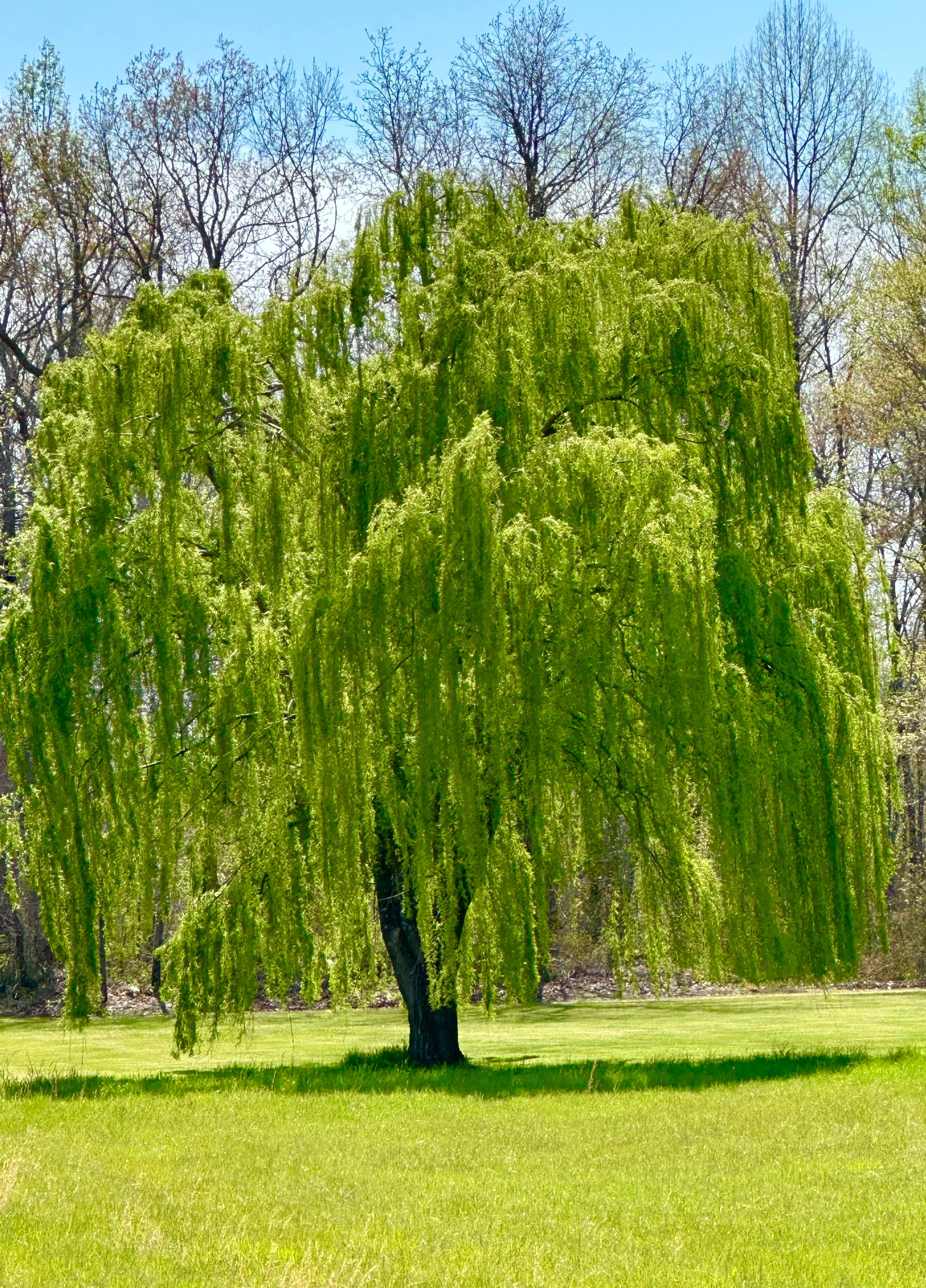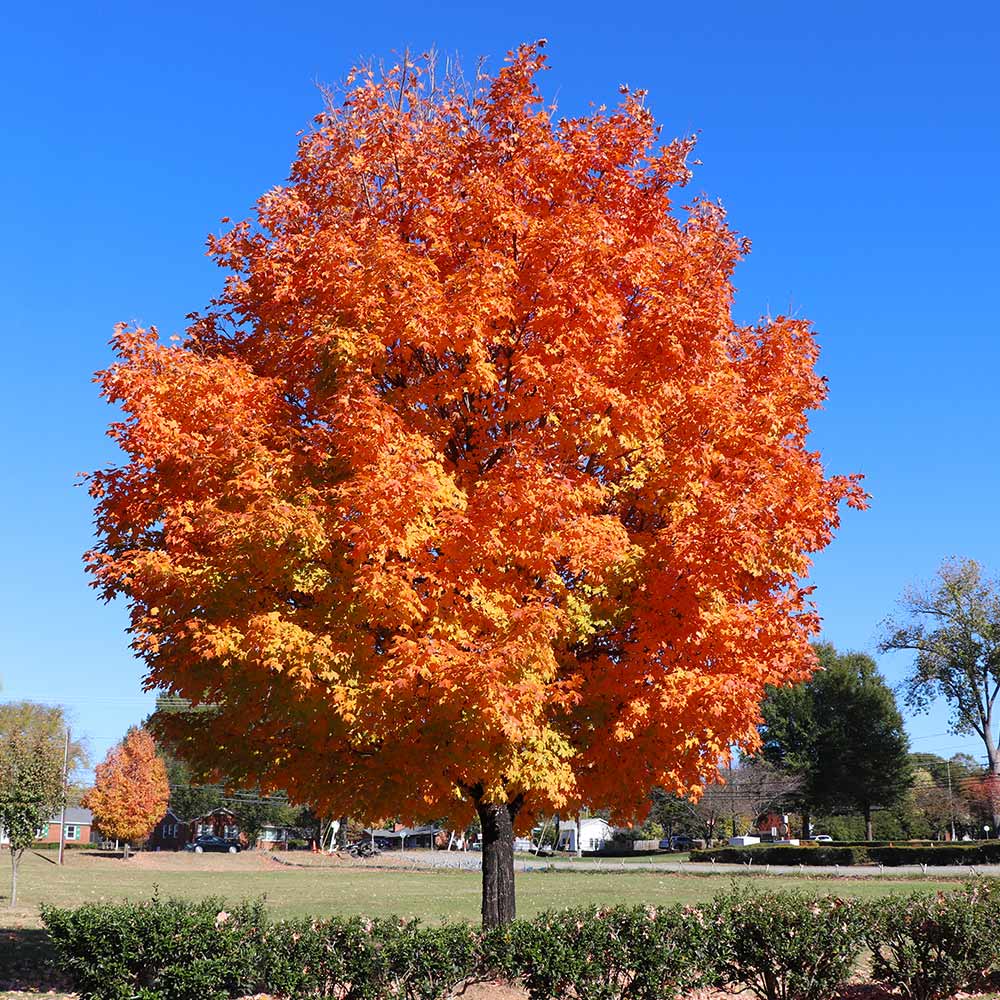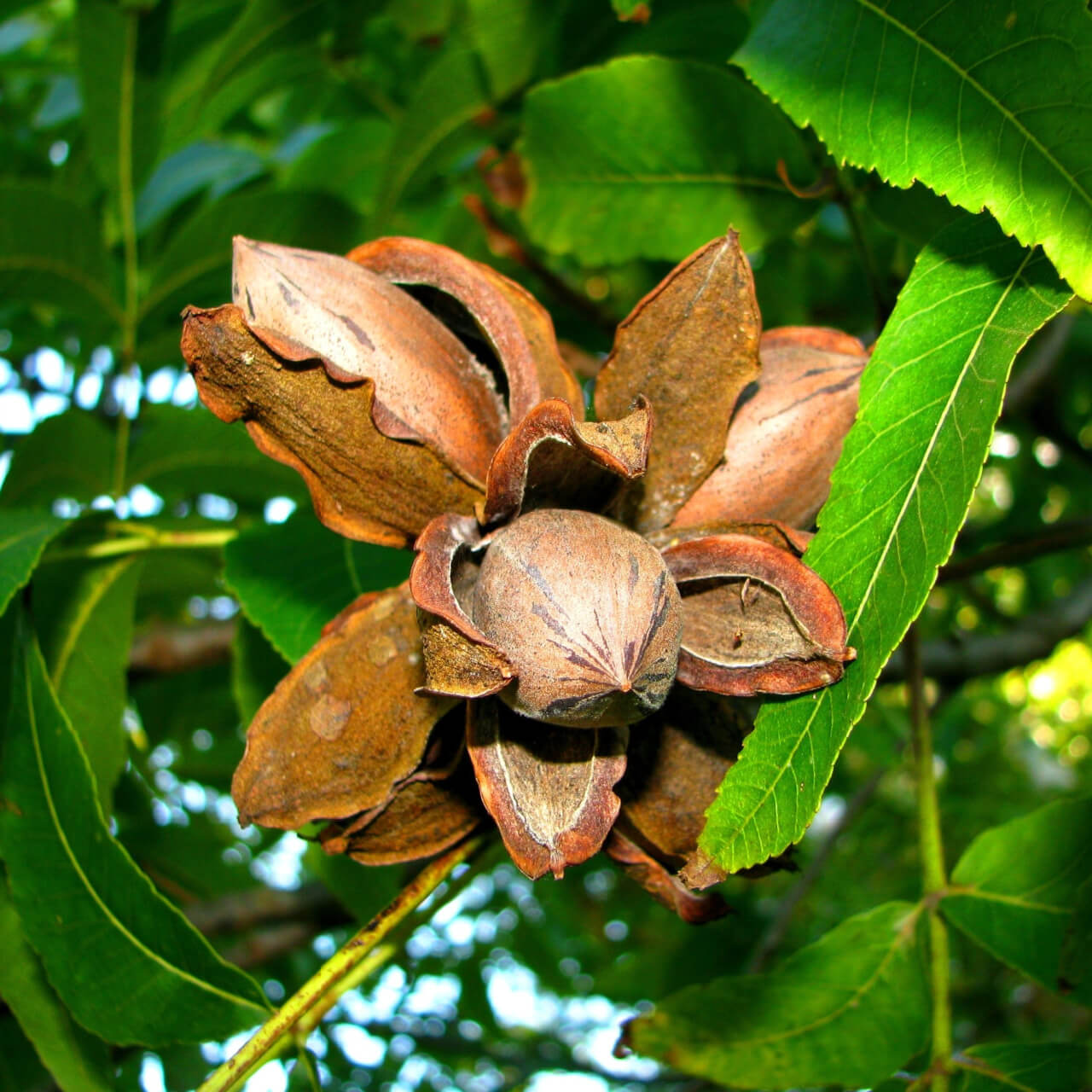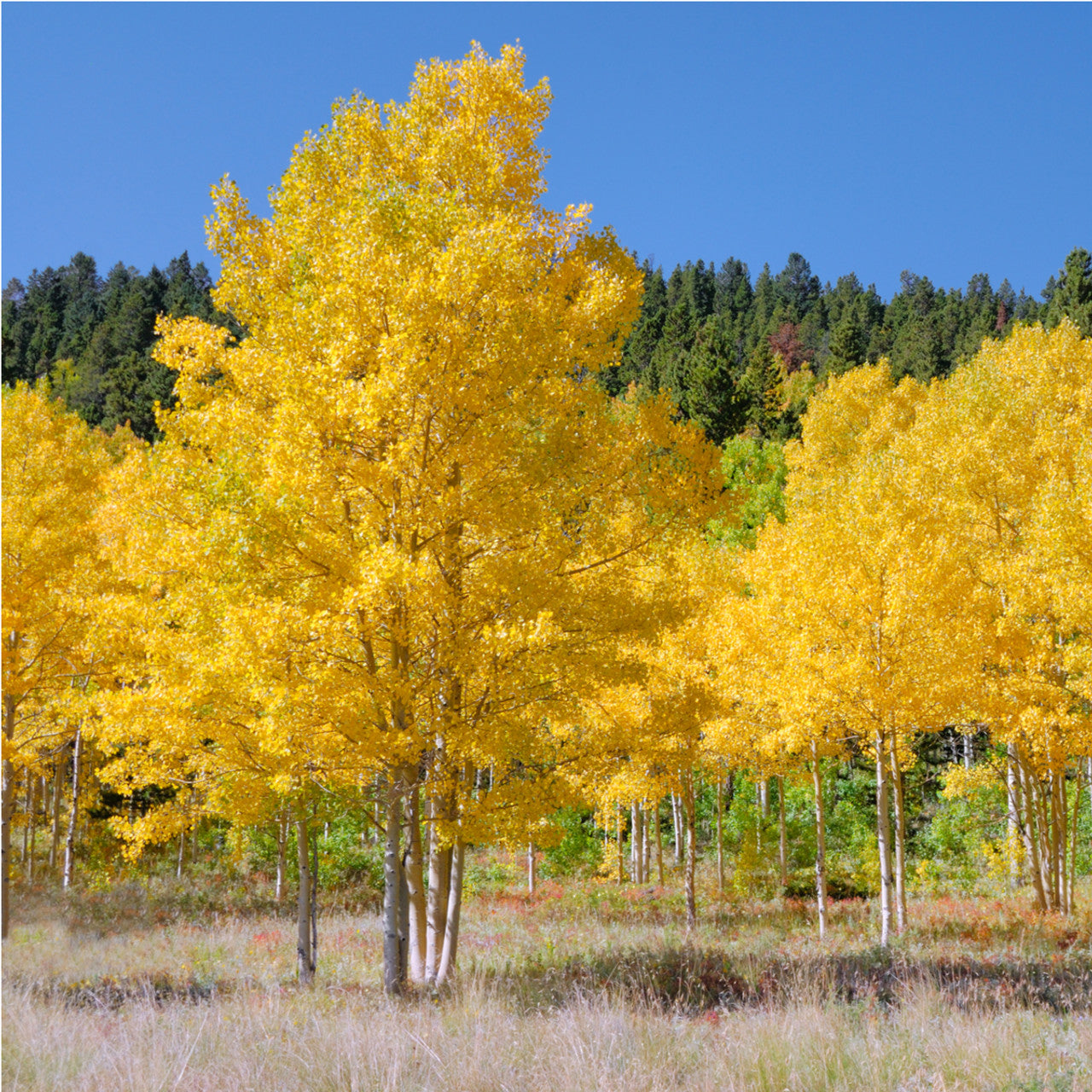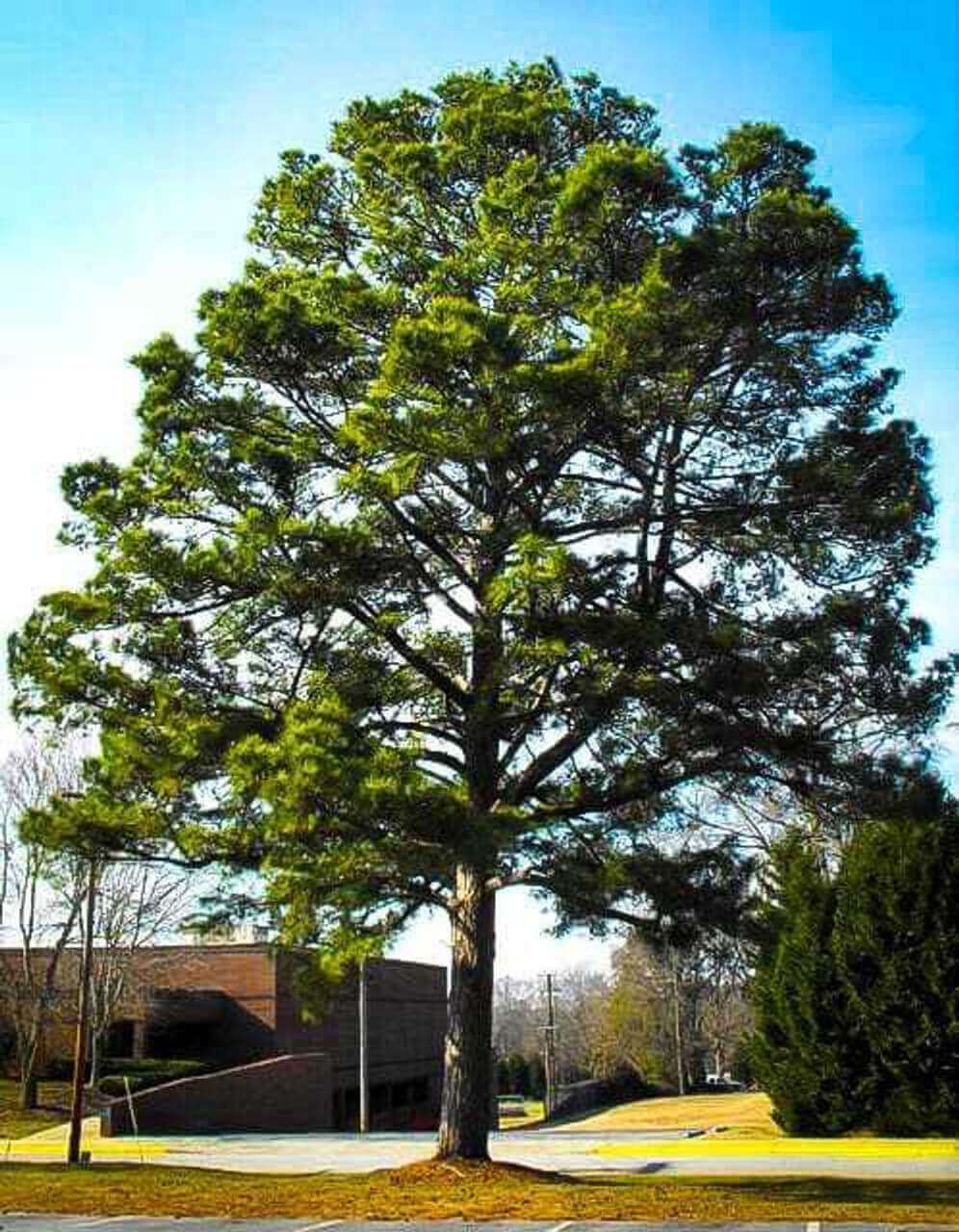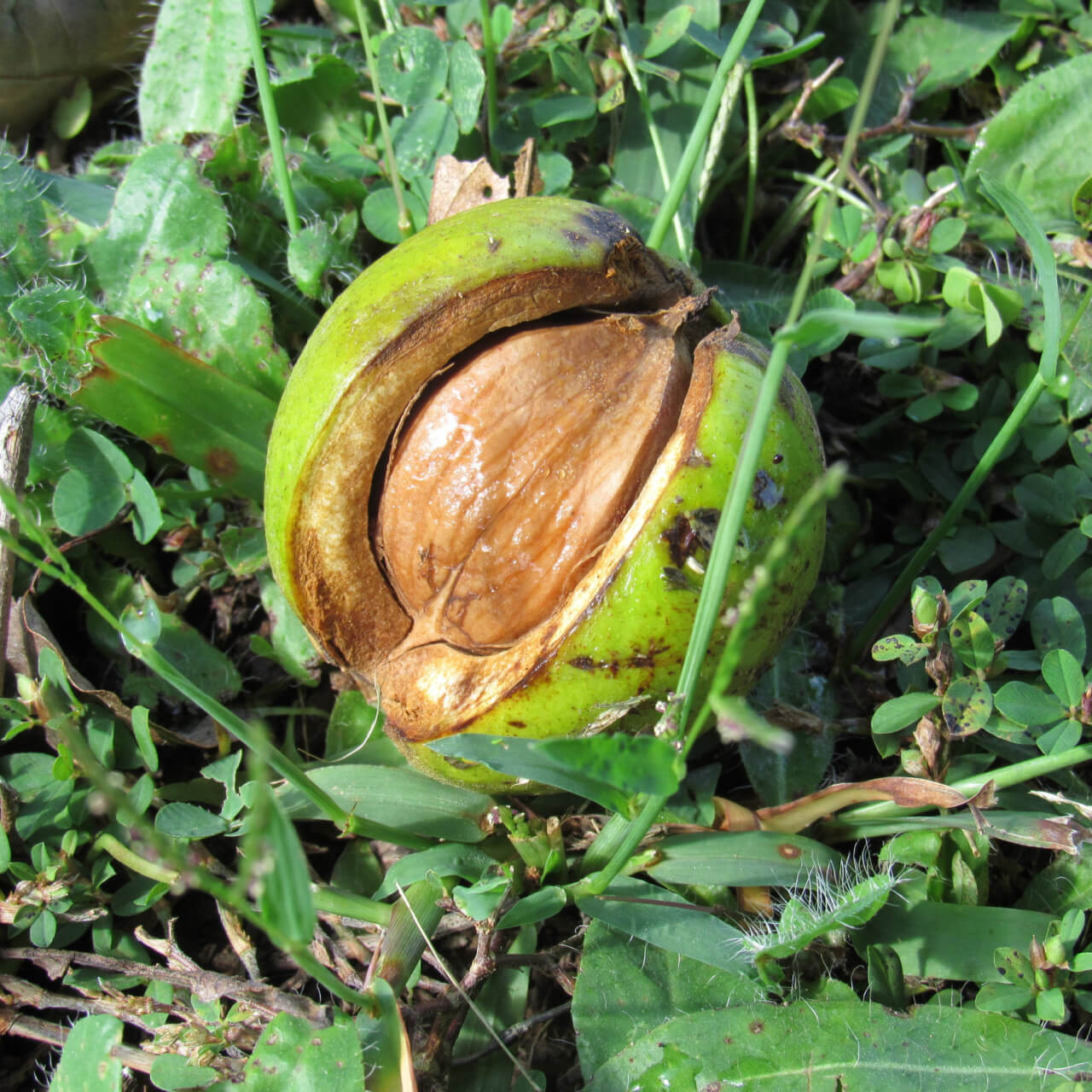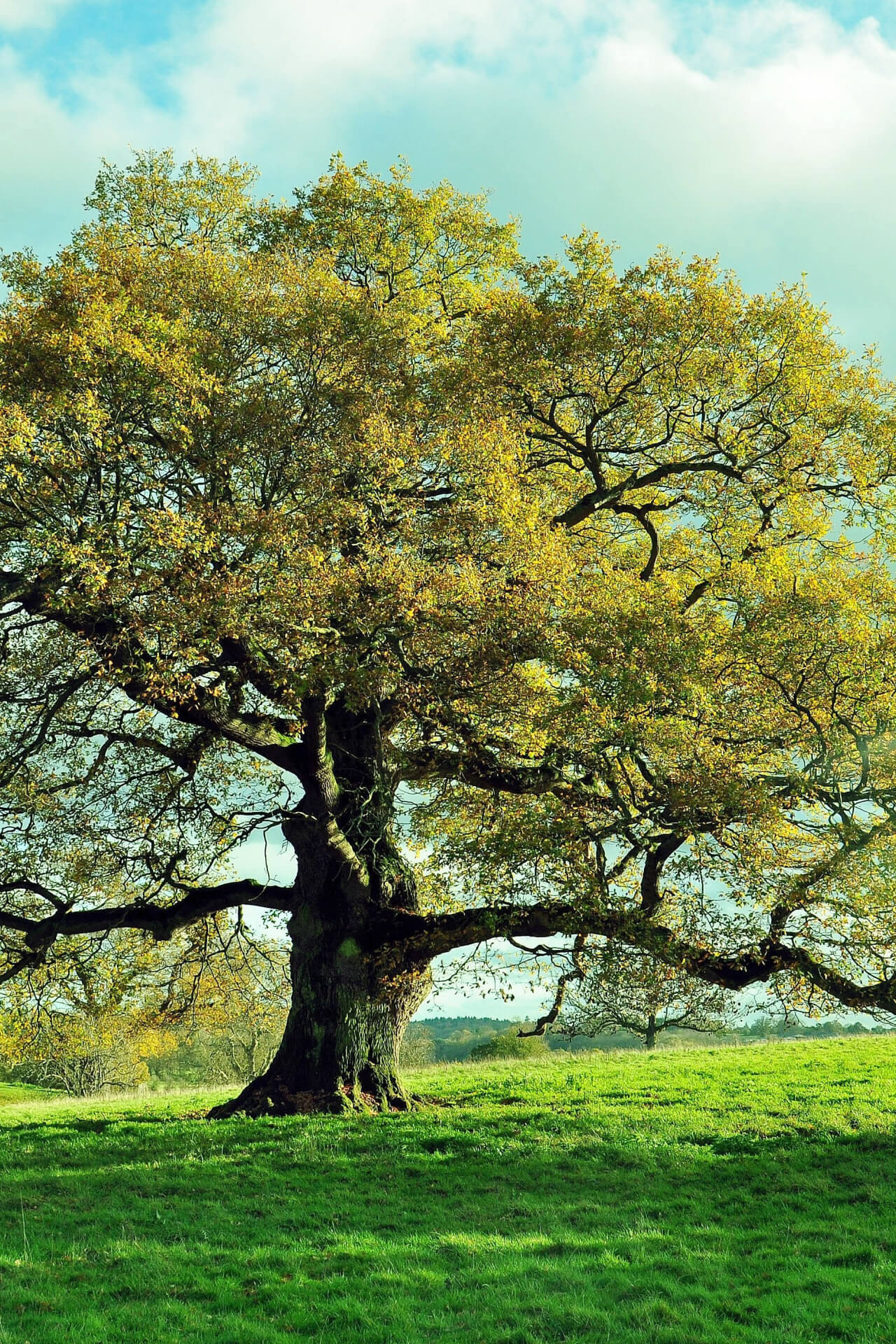Filters
Filters
Drought Tolerant Native Trees That's Super Easy To Grow
Native trees are fast-growing, drought-tolerant, pest- and disease-resistant trees, and they are the surest way to spruce up your yard's appearance. No one has time or money to spend on maintaining, fertilizing, and caring for native plants. At TN Nursery, we've made it easy because all we sell are these types of plants.
Follow along as we dissect four trouble-free, drought-resistant plants.
Maple Trees - A Good Example of a hard, native tree species
Maples are in the Acer genus and family Aceraceae and provide an excellent source of shade and specimen samples. They are loved due to their drought tolerance and hail from Asia. Maples are a symbol of longevity, balance, generosity, and intelligence.
Maples have similar characteristics that make them stand out from other tree species. The maple leaves are divided into sections and resemble the human hand. Botanically, these sections are known as palmately lobed. Maples are deciduous plants. They shed their leaves at the end of each season in brilliant colors. Different maple species have different lobes.
The red and sugar maple tree are three-lobed, while the silver maple has five lobes. Maples grow to 75 feet at maturity, forming a round canopy at the apex. Their barks are smooth while young and darken as they grow. All maple species yield seed pods fruits. All maple leaves are generally small. The smaller the leaves, the lower the surface area for water loss. The canopy of the maples helps to shade the tree. A shady surface promotes water retention. In addition to tolerating drought, the maple leaves produce medicinal maple syrup. The red maples add beauty to the landscape and provide shade.
Oak Trees are Native
Oaks are prevalent drought-resistant trees. The oak tree originated from Southern America. Due to its slow but sure growth, the oak epitomizes resilience, honor, and strength. Oaks are in the Quercus genus.
Oak trees largely diversify into the Red Oak and White Oak. The white oak wood is denser and thus more expensive than red oak wood. The white oak is more resistant to decay and porosity. The red oak (Quercus rubra) has several distinct species. They include; • Cherry bark Oak • Scarlet Oak • Southern Red Oak • Shumard Oak • Willow Oak • Chestnut Oak • Bur Oak • Pin Oak • White Oak As a drought counter tact, oaks have an extensive taproot system.
The lengthy taproot network traps water from deep underneath sources. Trees are 36 feet in circumference with a canopy crown spread of 140 feet. Similarly to most arid plants, oaks are deciduous and evergreen. They shed their leaves at the culmination of each season. Their leaves are simple and arranged with lobes. Oakwood is a hardwood extensively used for construction purposes.
Red oak is used in wooden flooring and cabinet fixtures, as well as beds and couches. White oak's resistance to rotting makes it favorable for boat making. Oak bark is very medicinal. It is widely used to treat eczema, arthritis, varicose veins, fever, bleeding gums, etc. The oaks' full canopy and branch network act as windbreakers during storms.
Privet Shrubs, a Hardy Native Tree
The privet shrub takes pride in its use as a hedge plant. Privets are under the Ligustrum genus. There are three predominant species of the privet shrubs. The Border Privet is a Japanese native privet shrub. This Ligustrum obtusifolium grows up to 11 feet high. The Border privet has dark green leaves and produces fruits during Summer. The European privet, Ligustrum vulgare, grows up to 13 feet.
This privet species is commonly used as a hedge. Its leaves are oval, oily, and dark green. The stem of the European privet supports the long, leafy branches. This privet species is fully evergreen and deciduous.
The Chinese privet, Ligustrum variegate, is generally short. This species grows to a height of 10 feet. The leaves are small and yellow. All the privet species have small leaves with a thick waxy cuticle. The small leaves truncate the surface area for loss of moisture. The smaller the leaves, the fewer the stomata per unit area. The stomata on the leaves are responsible for transpiration. The thick waxy cuticle insulates the leaf surface against excessive loss of water.
The privet plants have a deep taproot system. The taproots consistently tap water deep below the earth's strata. Besides being used as a hedge, the private plants have medicinal value.
The juice extract from their leaves maintains osmoregulation and relieves pain, arthritis, and the common cold.
Forsythia Plants
The forsythia is an exceptional drought-tolerant plant. The Forsythia plant belongs to the Oleaceae family and Forsythia genus. The Forsythia plant is native to East Asia. The Forsythia plants thrive in hot, sunny conditions. They have narrow leaves with a thick waxy cuticle.
The leaf narrowness decreases the rate of water loss during transpiration. The forsythias have long and thin stems. Their slender stems make them spread out. The Forsythias grow to eight feet tall and spread to 10 feet horizontally. Their flowers grow in bell-shaped clusters and bud entirely in Autumn. The Forsythias require regular pruning for vibrant growth.
Forsythias are renowned for their use as hedges. They offer excellent sound filtering and privacy. Forsythia plants also have a wide array of health benefits. The oleanolic acid in the Forsythia shrubs boosts the cardiac muscles. The Forsythia leaves relieve sore throats, frequent colds, and arthritis. They offer great nutrients when mixed in gravy or tea. The forsythia flowers produce excellent salad toppings. These flowers also provide lotion and jelly. Native tree species are always much easier than any hybirds.
Easy to Grow
Planting Trees For Success
Start by soaking bare root tree roots in a bucket of water for a few hours—this helps wake them up. Dig a hole wide enough so the roots stretch out, not cramped or bent.
Build a small mound of soil in the center and rest the base of the tree on top, letting the roots drape evenly around it.
cover back up with soil, pressing it down gently with your hands to hold everything in place.
Root Placement of Trees
The top of the roots should sit level with the ground—not buried too deep.
Give it a slow, deep watering, then spread mulch around the tree, keeping it off the trunk. Keep the soil moist while the tree settles in.
Tips For Success
Tree Care After Planting
After planting a tree, water it deeply right away to help settle the soil around the roots. Keep the soil evenly moist—especially during the first year—so the roots can establish properly.
Tree Care and Irrigation
Do not over water and let the top few inches of soil dry slightly between soakings. Add a ring of mulch around the base to hold moisture in and keep the temperature regulated, but keep it pulled back from the trunk to prevent rot.
Skip fertilizer the first season—focus on strong root growth instead. If needed, stake the tree loosely to support it, but remove the stake after the first year.
Watch for pests or disease, and remove any broken or crossing branches early on. A healthy start leads to a strong, long-lasting tree



